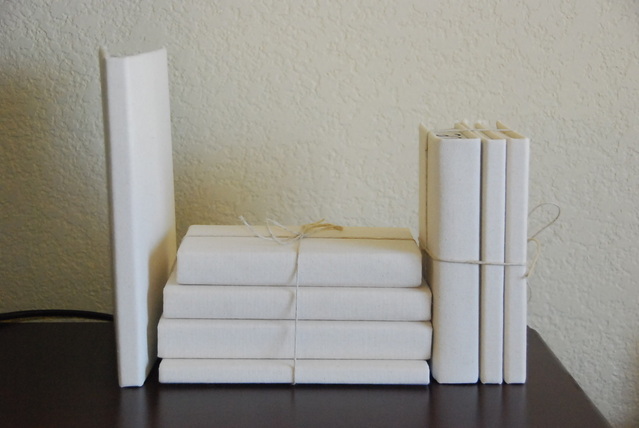
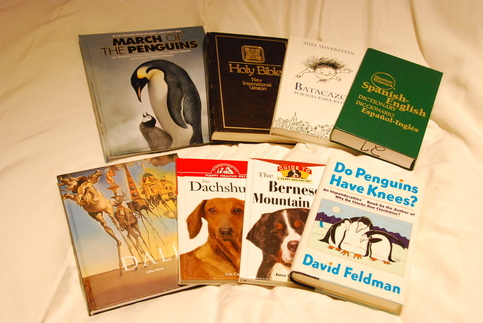
We are both big fans of Restoration Hardware and their canvas-covered books they have on display. I took a hint and chose to do the same, but actually glue the canvas to the books instead of simply wrapping the books for looks... Read on to see how I did it.
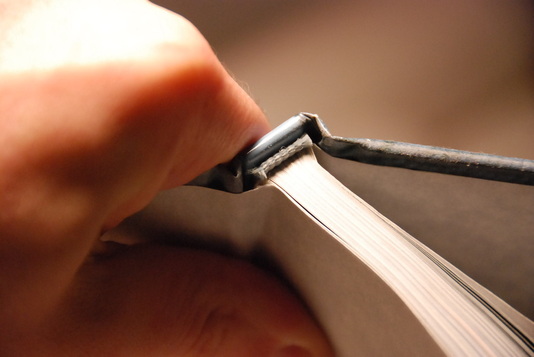
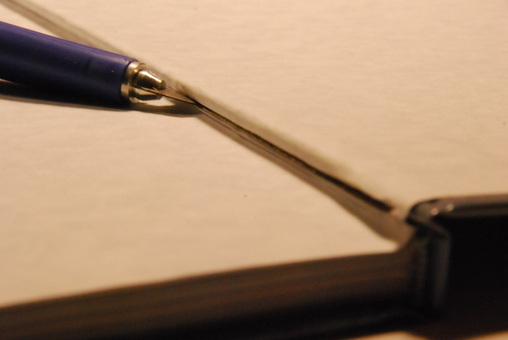
I used an Xacto knife (as shown here) on some of the books and a normal pair of scissors on the others. I honestly think the scissors were easier. Just open them wide, like you were cutting open a box from UPS.
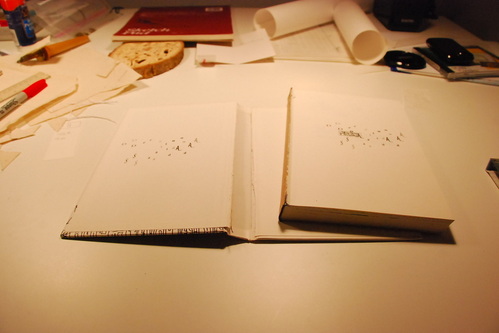
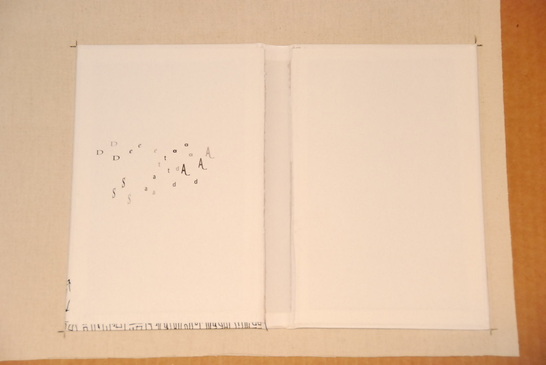
When I mocked up the first one, I figured out that I needed about 3/4" all the way around the cover to allow for proper glueing surface area.
You can see here that the book cover is 3/4" from the bottom and the right side of the canvas.
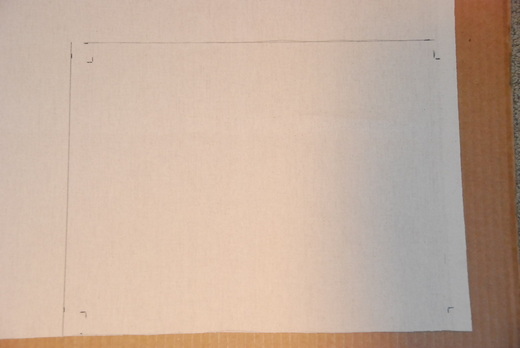
Since I started 3/4" from the bottom and the right, I just had to go 3/4" from the left and top.
Step 4: Cut it out!
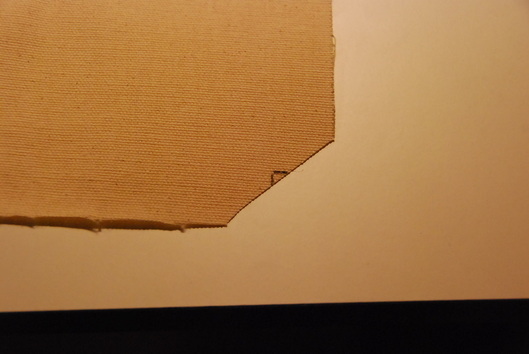
This will make sense when you fold the flaps over on the cover and glue them down. The edges from the pieces you just cut will line up more or less perfectly.
False. It was see-through, at least a little. If I doubled it up though, it was fine. (Fortunately,) I accidentally ordered much more canvas than I needed, so I just cut two pieces for every book cover. I can't attest for the see-throughness of the 10oz kind, but I would try going with that if I were you... moving on!
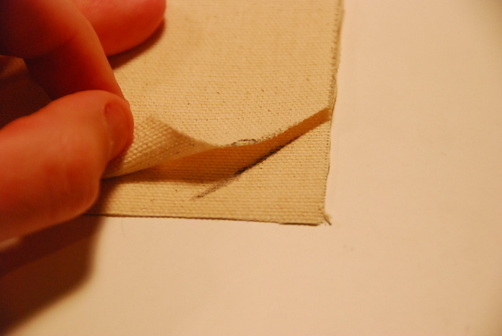

My ruler is 15" long and about 1.5" wide, so I just placed my ruler down on the canvas and cut pieces that were that wide and as long as I needed them to be.
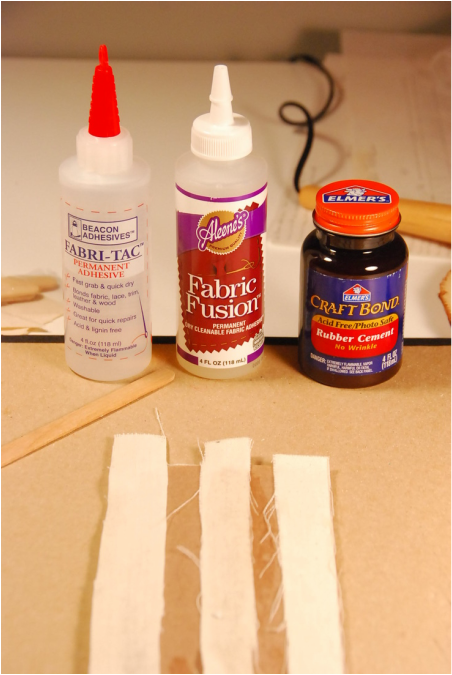
Rubber Cement = don't use.
Fabri-Tac and Fabric Fusion both dry clear and will not budge. Fabri-Tac is much stickier than Fabric Fusion and good for things that need to be held down while you quickly glue the rest (i.e. the long sides of the book cover). Fabric Fusion is great for pieces that may need to be moved a little when glueing them down (i.e. the strips to cover the cut lines I made earlier).
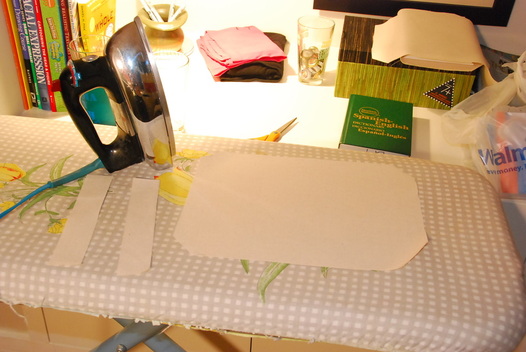
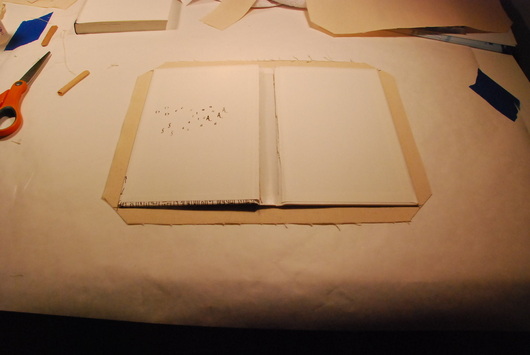
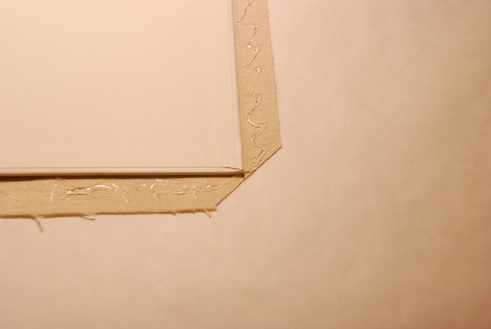
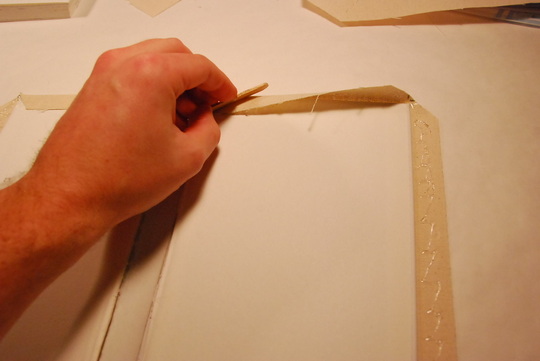
I took some popsicle sticks and broke them in half to be my glue spreaders.
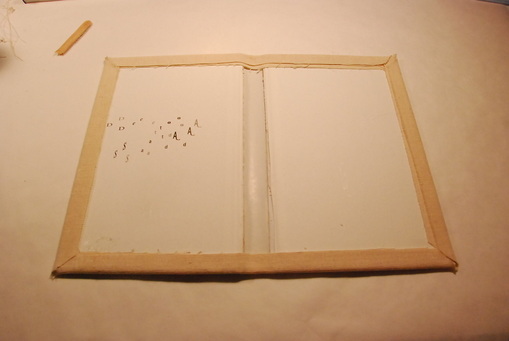
Notice the corners and how the canvas meets up to cover them.
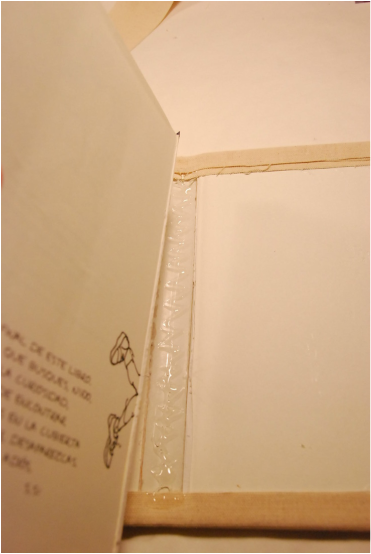
Fold up the sides of the book at the same time to make sure the pages are centered in the fold. Also, push the pages back against the binding to make sure the glue is squished een thur reel good.
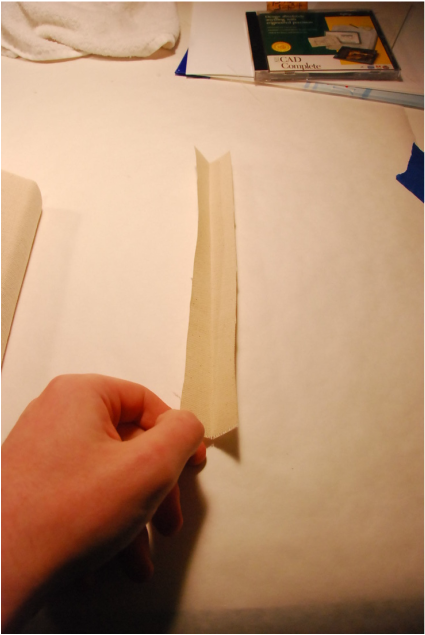
This will make it easier to get it to fit right in the crease of the book.

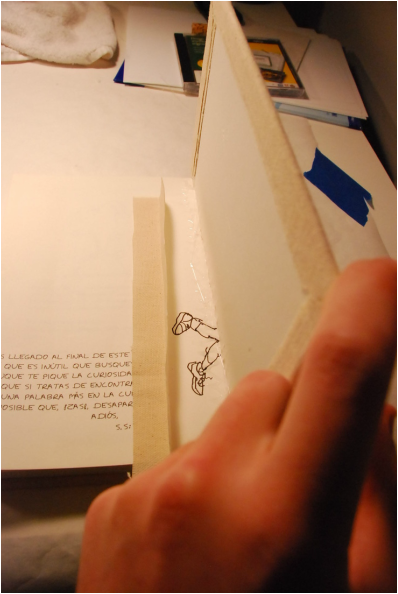
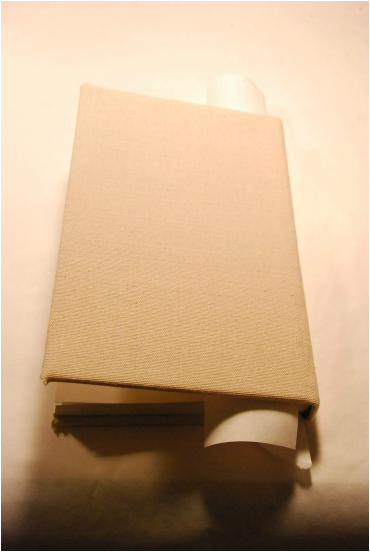
In retrospect, I should have used something else, like a long piece of plastic. The paper ripped a little and got stuck to the residual glue.
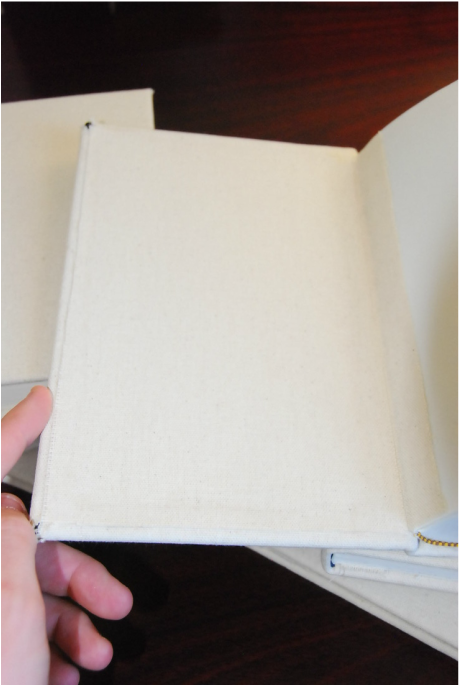
I did this for both the front and back of each book.
I grabbed some hemp twine I had around from my days of making those friendship bracelets we all thought were so cool in middle school. It worked perfectly for pulling these books together!
So, did it take a while? Yes. Was it worth it? Yes. Would I do it again? Likely.
Hope you found this post helpful or at least interesting!

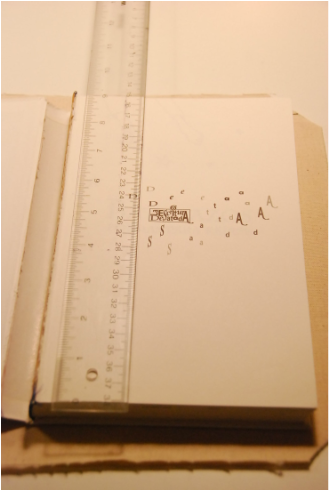
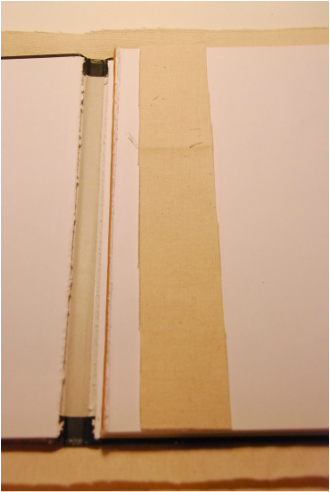
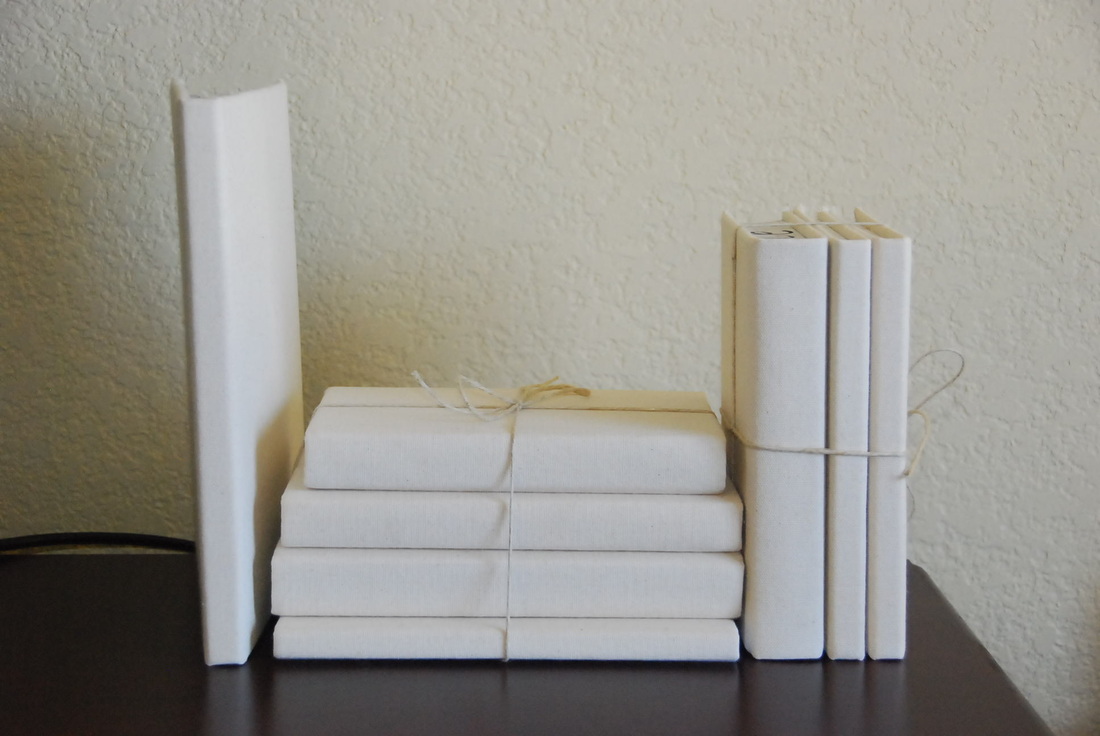
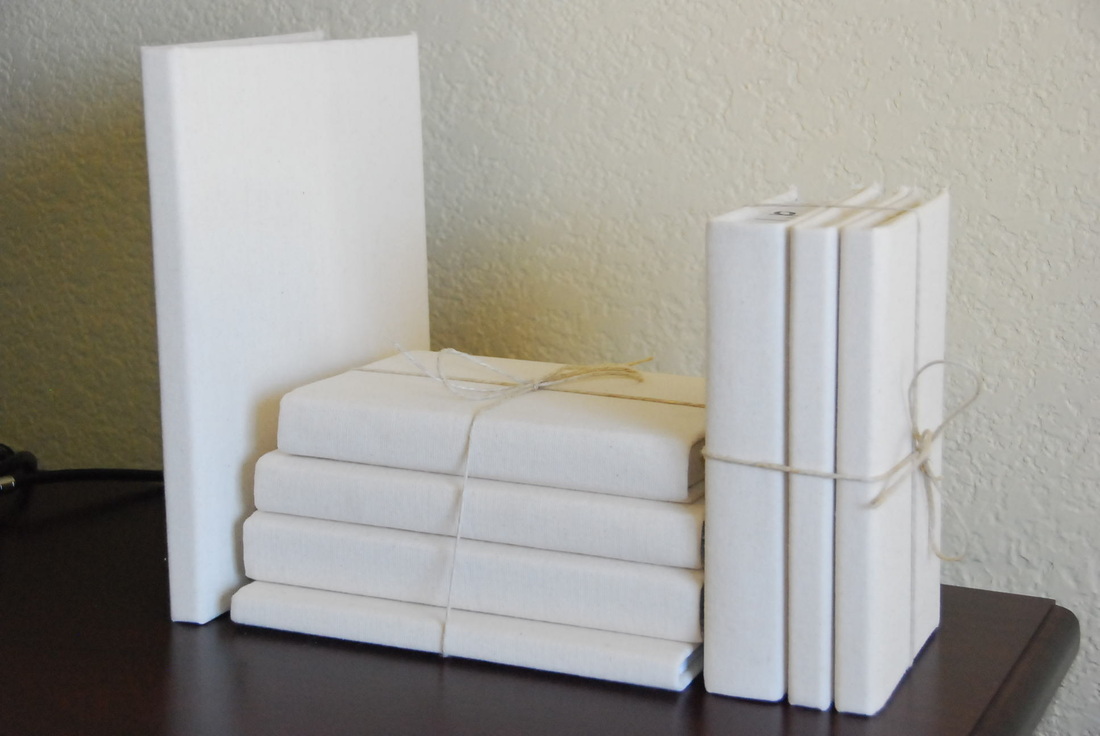
 RSS Feed
RSS Feed
